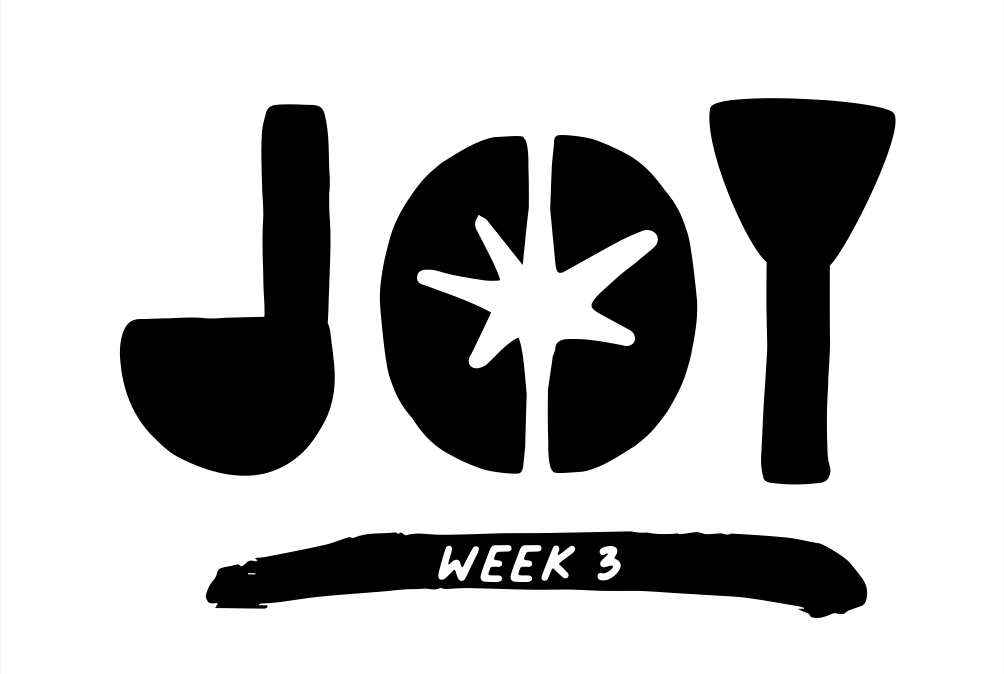When I ran cross country in middle school, one of the basic lessons I learned from my coach was not to spend too much time looking over my shoulder to see where I was in relation to who was behind me. Instead, my coach wanted me to strain forward, pursuing the runners ahead of me. It’s a lesson that can be good for our lives in other ways, too. We can at times become so preoccupied with what has happened in the past that we can struggle to live in the present or the future. Some have said, it’s difficult to walk forward when you live facing backward.
Advent is an interesting season in the Christian year. We most often associate it with looking backward. We look back to the time when Jesus’ was born as God incarnate, our Savior and Messiah. We look back even further to the prophets in Israel’s story who tell of the Messiah’s coming. It is good to look back to these historic words and actions that determine our faith.
But within the history of the church, Advent is intended to be a forward-looking season for God’s people. Rooted in the grand work of God in the past, we are propelled forward in anticipation of an epic future day when God will fully usher in a new heaven and a new earth. Jesus’ first coming was somewhat hidden, but we anticipate the day when “every eye will see him, even those who pierced him” (Revelation 1:7)1. St. Augustine of Hippo (4th-5th century) described it this way:
The first coming of Christ the Lord, God’s son and our God, was in obscurity; the second will be in the sight of the whole world. When he came in obscurity no one recognized him but his own servants; when he comes openly he will be known by both good people and bad. When he came in obscurity, it was to be judged; when he comes openly it will be to judge.
Advent, from the Latin word adventus (“appearing”), is a four-week preparatory season building toward celebration of Jesus’ nativity at Christmas but also anticipatory celebration of Jesus’ future return at the end of human history. Our Advent devotional this year connects mid-stream with our preaching series on 2 Peter as we enter into chapter 3. This mid-stream connection matches where we find ourselves in human history. We are mid-stream in God’s story between Christ’s first coming and his second coming. But it also matches where the letter of 2 Peter begins to turn as chapter 3 opens themes of the future return of Christ and what that means for our lives as a disciple-community now.
In your hands is a devotional written to help us engage with Advent and Christmas centered in Christ. We look back to Jesus’ first incarnation and look forward to His final return. This devotional can be used individually, but is also intended for use in groups, such as church small groups, housemates, or families.
May God give us grace to run the race of our faith, rooted in the past and propelled into the future…until that day comes when we will know Him fully, even as we are fully known.
Matt Erickson
Senior Pastor, Eastbrook Church
How to use this Devotional
Each week of this devotional begins with a Sunday reading written by our Pastoral staff for older students and adults. There is also a version called “Family Talk” written by a member of our NextGen team, intended for families with young children. Each day of the remaining week (Monday-Saturday) has a passage for you to read, followed by a short devotional thought written by one of our Eastbrookers with questions at the end for deeper reflection.
As a family, you may want to join in on our Nativity Building activity. Use your own Nativity figures for this activity that allows for slow, progressive building of the nativity scene. Look for this symbol (Τ) throughout the devotional to find each step. The gradual nature of this activity and the periods of waiting remind us of how God’s people waited years for the promised Savior to be born! “When the set time had fully come, God sent his Son…” (Galatians 4:4).
Recommended Posts

Savior, Messiah, Lord
December 24, 2023

The “Ah-Ha” Moment
December 23, 2023

The Joy of New Life
December 22, 2023


